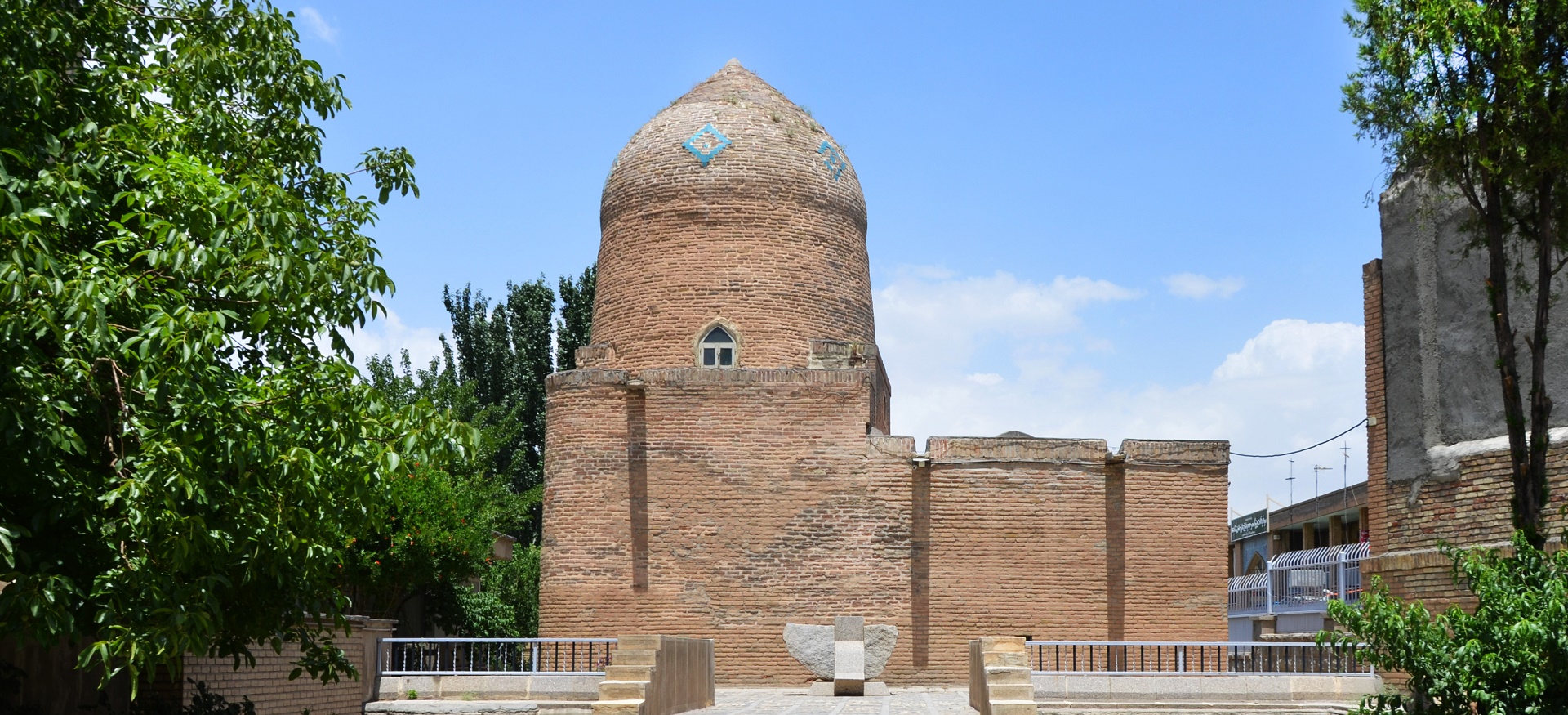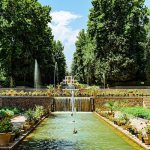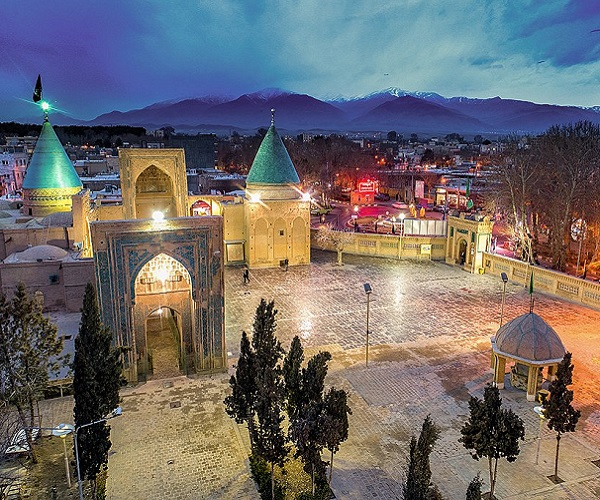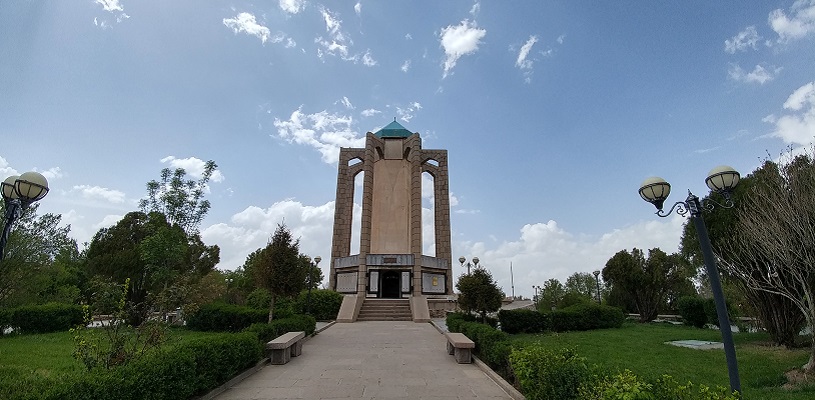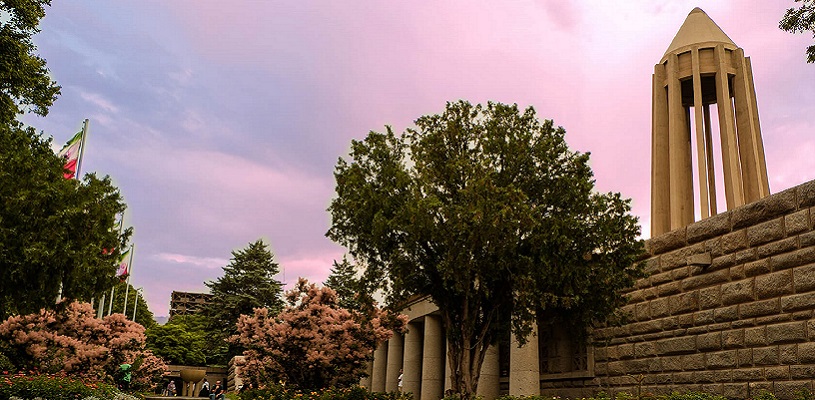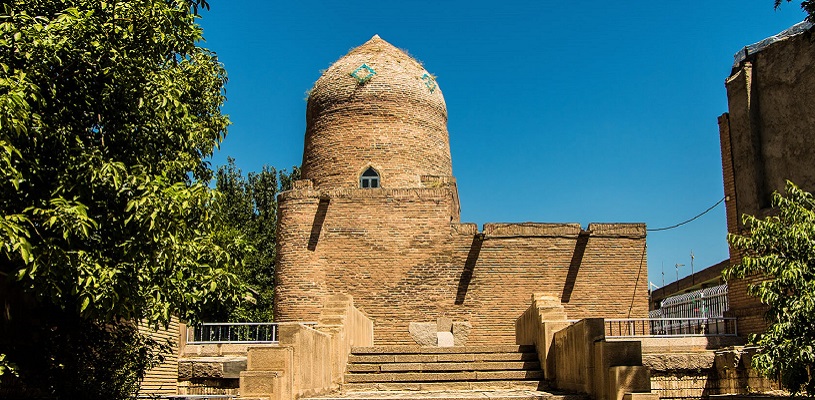
Tomb of Esther and Mordechai (Hamedan, Iran)
Like the stories where Jewish history meets the history of ancient Iran? Then Tomb of Esther and Mordechai is the place to be. In the middle of the historical city of Hamedan, you can find a site that stands as a border between legend and history. Iranian Jews believe the two tombs inside the monument to belong to the Biblical queen of the Achaemenid Empire, Esther, and her cousin Mordechai. Stay with me to hear their intriguing story and find out more about their tomb as a tourist attraction and the main Jewish pilgrimage site in Iran.
Contents
- 1 Why Visit the Tomb of Esther and Mordechai
- 2 Who Were Esther and Mordechai
- 3 The Unsolvable Mystery of the Tomb of Esther and Mordechai
- 4 Tomb of Esther and Mordekhai – How the Mausoleum Looks
- 5 More About the Tomb of Esther and Mordechai
- 6 Like to visit the Tomb of Esther and Mordechai?
- 7 Mausoleum of Esther and Mordechai on Map
Why Visit the Tomb of Esther and Mordechai
- The tomb of Esther and Mordechai is the main Jewish site in Iran
- The site features a background of a Biblical story
- It is a great place to learn about the history of Jewism in Iran
- The building of the tomb dates back to the 13th century
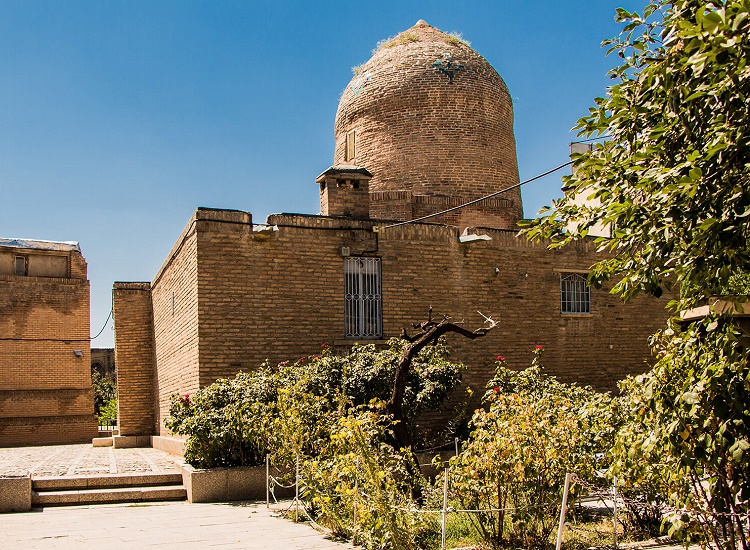
A view of the Tomb of Esther and Mordechai from the backyard
Who Were Esther and Mordechai
Once upon a time in ancient Persia, king Xerxes I of Persia was in the middle of a party. Merry with wine, he ordered his queen to appear in public to show her beauty. But the queen who didn’t like the way they treated women in their drunkenness refused the king’s order. To punish her, the king was advised to dismiss the queen and find a new one.
Then, prepared and instructed by her cousin Mordechai, beautiful Esther appeared in the king’s court and succeeded in winning his heart. But she kept her Jewish origins as a secret from the king. After her coronation, Mordechai saved the king’s life by revealing a plot against him. Then, Esther and Mordechai averted the plan of the king’s minister to kill the Jews, had the king execute his minister, and set the foundations of the Jewish celebration of Purim.
Note: this story doesn’t have historical validity and is based on the Book of Esther.

Esther Denouncing Haman by Ernest Normand – Esther and Mordechai
The Unsolvable Mystery of the Tomb of Esther and Mordechai
There is a lot of controversy and uncertainty about the story of Esther and where she is buried. Yet Iranian Jews believe Esther and her cousin Mordechai spend the last years of their life in the summer capital of the Achaemenid Empire, Hamedan. And that they were buried in front of a synagogue. The original date of the construction of the tomb is still unknown. But what we know is that Mongol invaders to Persia destroyed it in the 14th century.
Archaeologists believe the present tomb dates back to the 17th century. Some believe it was the Jewish queen of king Yazdgerd I who ordered the construction of this mausoleum. Some others even believe the tomb belongs to Yazdgerd’s wife. Documents from different centuries describe the tomb as magnificent and as the main Jewish pilgrimage site in Persia. Today, the site is not just a tourist attraction. It is the first important pilgrimage destination for the Jewish minority of Iran as well.

A distant view of the Mausoleum – Tomb of Esther and Mordechai
Tomb of Esther and Mordekhai – How the Mausoleum Looks
Built on the remains of the previous tombs, the current tomb of Esther and Mordechai dates back to the late 13th or early 14th century. Just like the architectural style of an Imamzadeh (the shrine-tomb of Muslim religious figures), this tomb features an entry hall, a main square hall, and a domed ceiling over the stone coffin. The 15-meter dome covers the inner and the outer chambers of the structure. But, unlike the Islamic sites, this Jewish tomb is very simple.
Blue tiles are used to cover the dome and a number of Jewish figures are buried in the outer chamber. Brick and stone are the main elements in the construction of the building and a Safavid-era stone gate opens to the interior. On the wall above the tombs, you can also see an inscription of the Ten Commandments in Hebrew. In the main hall, you’ll find two wooden coffins. Carvings of Hebrew inscriptions and geometric patterns cover the 2 coffins. The carvings on Esther’s coffin belong to the 14th century.

An interior view of the Tomb of Esther and Mordechai
More About the Tomb of Esther and Mordechai
Visit Hours
Spring and Summer: 9 a.m. to 8 p.m.
Fall and Winter: 9 a.m. to 5 p.m.
Visit Days
All days except for Saturdays and some national holidays.
Note: The Tomb of Esther and Mordechai is closed on Saturdays because of the prayer ceremonies of Shabat (day of rest).
Attractions Near the Tomb of Esther and Mordechai
Of the many attractions near the tomb, the Mausoleum of Avicenna is in a walking distance. The Mausoleum of a Persian poet and Sufi (Mausoleum of Baba Taher), is also in an 8-minute distance (by car). Near the Tomb of Esther and Mordechai, you can also visit Alavian Dome and the Handicraft Museum of Hamedan.
Where to Eat Near the Tomb of Esther and Mordechai
Aryaeiyan Traditional Restaurant
Shandiz Haji Restaurant
Dareta Café Restaurant
Like to visit the Tomb of Esther and Mordechai?
Then reserve a place on our Deep into the Heart of Persia Tour.
Mausoleum of Esther and Mordechai on Map
Keywords: esther tomb, esther mordechai, esther and mordecai tomb, mordechai and esther, queen esther tomb, esther’s tomb, esther grave

